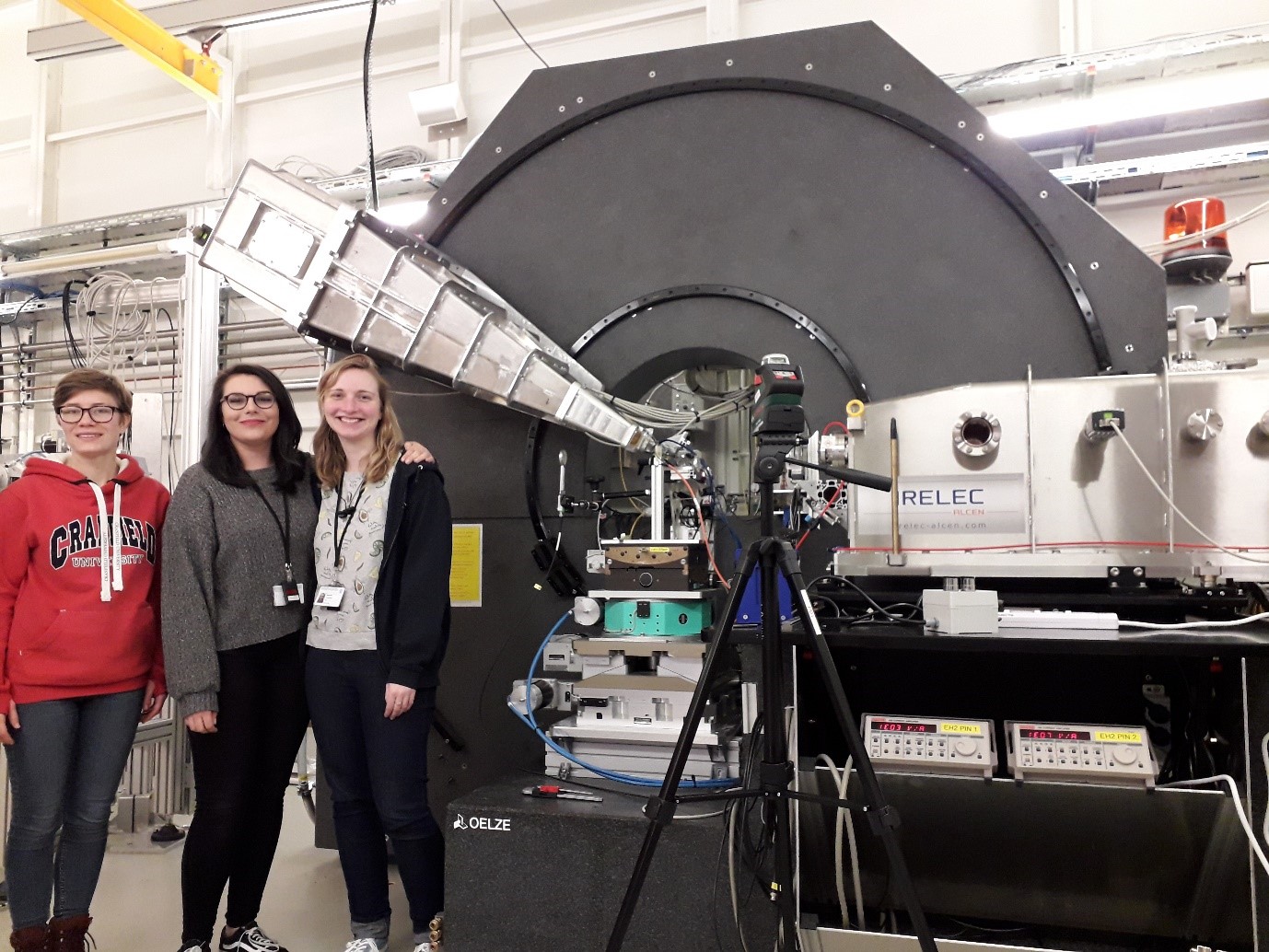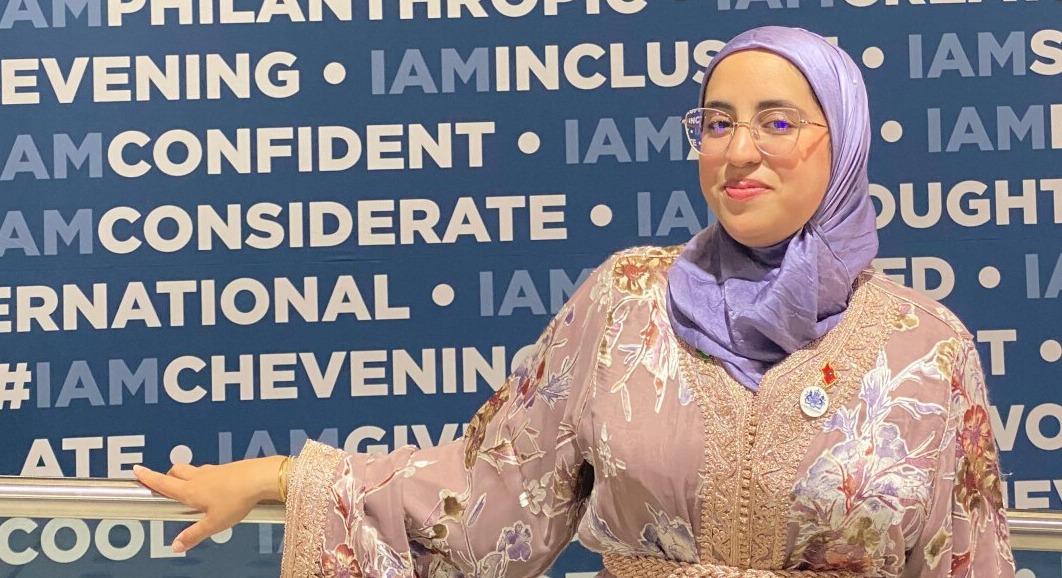CFI group at the German electron synchrotron (DESY)
30/06/2020

A group of three PhD students from Cranfield Forensic Institute finished a four day visit to DESY, the German electron synchrotron in Hamburg. The group was led by Marleen Vetter, whose PhD project explores novel aspects of polymers under stress. This was this first time the scientists at DESY had used their state of the art X-ray Raman system to look at this sort of material, and they were very interested to see how it would perform.
DESY was founded 60 years ago as the German national accelerator facility to understand the building blocks of the universe. Its impressive history includes world firsts such as, the creation of the antiproton shortly after it opened, and the discovery of the gluon in 1979. Extremely high intensity X-rays were produced as a by-product of these early experiments and scientists noticed that these were far brighter than could be created in the laboratory. They soon realised that these X-rays could be used for the advanced and highly precise analysis of materials. The PETRA III accelerator at DESY is now the brightest X-ray source of its kind anywhere in the world, and has a suite of techniques to analyse a wide range of materials. Many of these techniques can be thought of as ‘high end’ versions of the instruments you would see in many forensic laboratories.

Marleen was joined by two former Forensic Programme students, Emily Arnold (Forensic Engineering and Science) and Sammie Davies (Forensic Archaeology and Anthropology), and the three of them and their supervisors including myself (Prof David Lane) and Dr Matthew Healy had to work in shifts around the clock to get everything done.
Marleen has worked really hard and has managed every aspect of this trip, from writing the successful grant application and constructing the test samples, to planning work schedules. Once the scientists at DESY had trained Marleen, Emily and Sammie on the equipment they were left in charge of it to collect Marleen’s data.
Marleen said “It was great to be able to use the system, the team here at DESY has been really helpful, and I’d like to thank them for this opportunity”. The group visited Hamburg in mid-March immediately before the laboratory postponed all further visits due to the COVID-19 pandemic.
Categories & Tags:
Leave a comment on this post:
You might also like…
Screening for FTSE 100 companies on Bloomberg
So you’re researching an index and need some data on its constituent companies? Bloomberg’s Equity Screening tool makes light work of this, not just for the FTSE, but for indices, exchanges and sectors worldwide. Type EQS ...
Accelerating my future: How Cranfield put me on the fast track to automotive safety innovation
Hello! I’m Michaela Kaiser, and I’m thrilled to share my journey studying abroad. I’m from Calgary, Canada, and I recently graduated from Cranfield’s MSc Automotive Engineering course. My path to Cranfield ...
From Myanmar to Cranfield: My path to Renewable Energy
As someone who is passionate about sustainability, my career goal is to build a path in the renewable energy sector. My aspirations comes from the benefits of developing sustainable energy sources and ensuring energy ...
From lifelong dream to circular economy leader: Q&A with Himesha Randeni on the Environmental Management for Business MSc
What does it take to turn a lifelong passion for the planet into a fulfilling and impactful career? For Himesha Randeni, the answer was the Environmental Management for Business MSc at ...
Library services over the Christmas period
Kings Norton Library will be open 24/7 throughout the holiday period as a study space. Library staff will work until 6pm on Friday 19 December and will resume their normal working hours from 9am on ...
From the control tower to Cranfield: My journey to shaping the future of airports
Hi, I’m Karima Lakouz, and this is the new me! I’m a Moroccan full-time student, aiming to graduate in 2026 with an MSc in Airport Planning and Management from Cranfield University. ...






